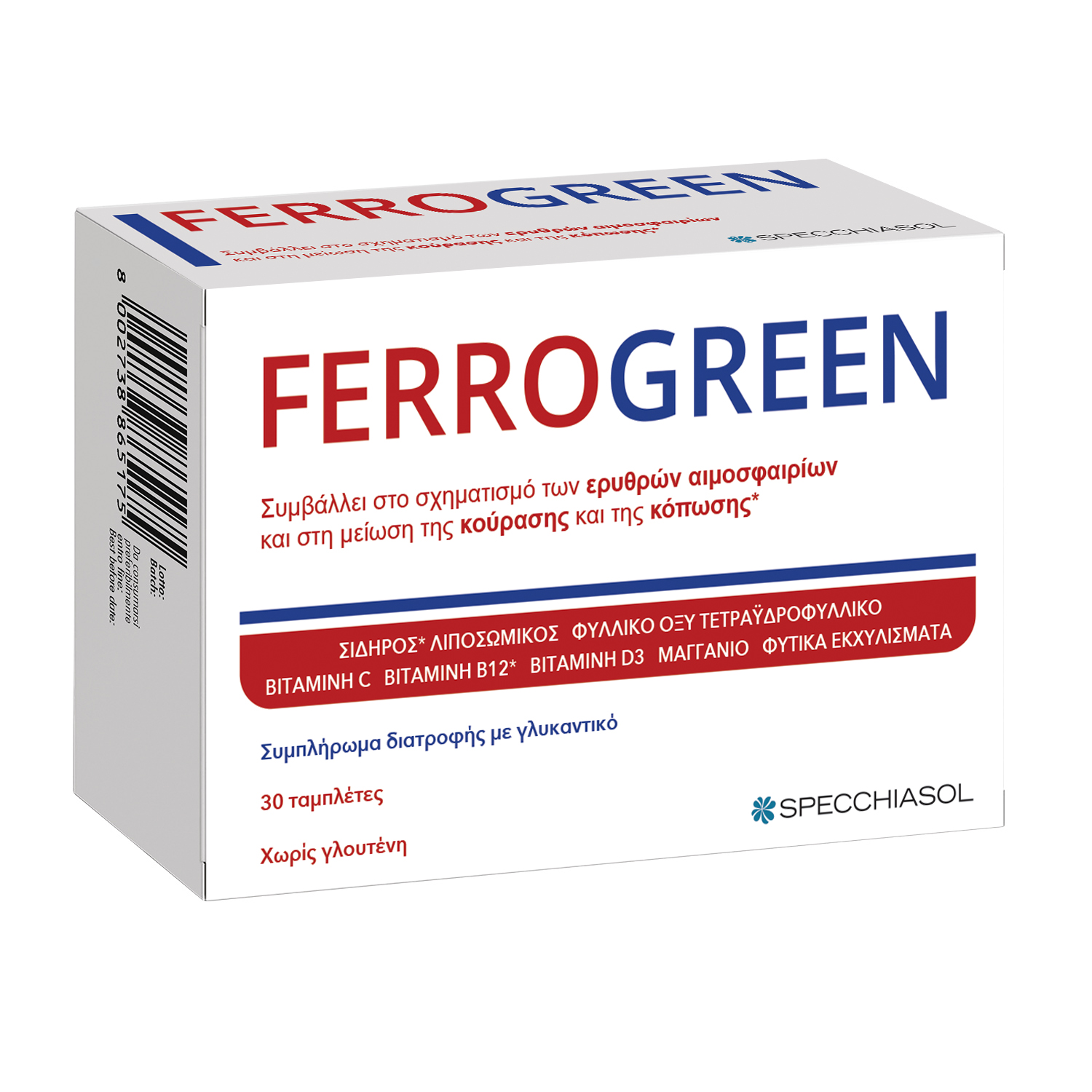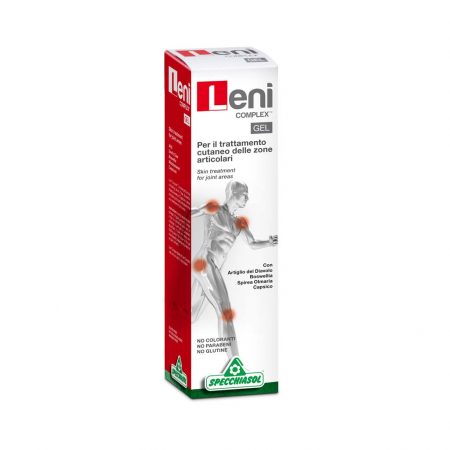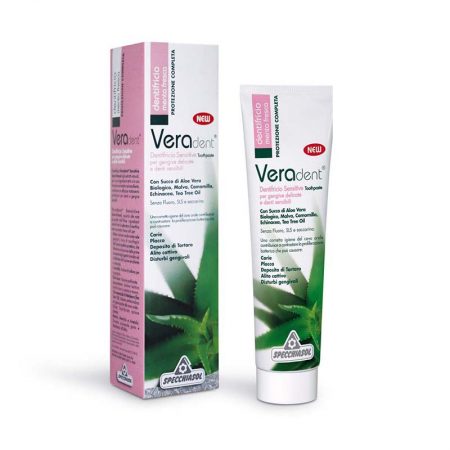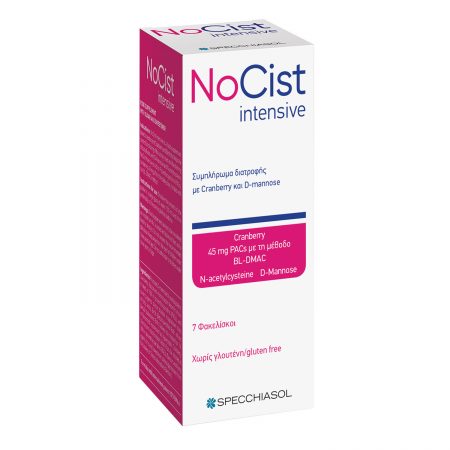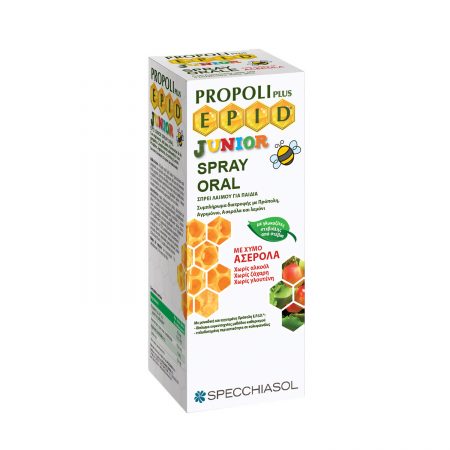• Bellù R, Riva E, Ortisi MT, De Notaris R, Santini I, Banderali G & Giovannini M (1995) Calcium intake in a sample of 35000 Italian school children. J. Int. Med. Res., 23: 191-99.
• Bjorn-Rasmussen E, Hallberg L, Isaksson B & Arvidsson B (1974) Food iron absorption in man. Application of the two-pool extrinsic tag method to measure heme and nonheme iron absorption from the whole diet. J.Clin.Invest., 52: 247-55.
• CDC (Centers for Disease Control) (1989) CDC criteria for anemia in children and chilbearing-aged women. Morb. Mortal. Week. Rep., 38: 400-04
• Commission of the European Communities (1993) Nutrient and energy intakes for the European Community. Reports of the Scientific Committee for Food. Thirty-first series. Office for Official Publications of the European Communities, Luxembourg.
• Cook JD & Monsen ER (1976) Food iron absorption in human subjects III. Comparison of the effect of animal proteins on nonheme iron absorption. Am.J.Clin.Nutr., 29: 859-67.
• Evaluation of the “Omnilife” omelette (Enriched with lipofer, folic and lysine) impact in children’s nutrition (5-11 years old). Fundación por los niños del pianeta (Planet children fundation), Mexico.
• Finch CA & Cook JD (1984) Iron defi ciency. Am. J. Clin. Nutr., 39: 471-77.
• Gillooly M, Bothwell TH, Torrance JD, MacPhail AP, Derman DP, Bezwoda WR, Mills W & Charlton RW (1983) The effects of organic acids, phytates, and polyphenols on the absorption of iron from vegetables. Br. J. Nutr. , 49: 331-42.
• Green R, Charlton R, Seftel H, Bothwell T, Mayet F, Adams B et al. (1968) Body iron excretion in man. A collaborative study. Am. J. Med., 45: 336-53.
• Hallberg L (1988) Iron balance in pregnancy. In: Berger H (ed.) Vitamins and minerals in pregnancy and lactation, Raven Press, New York, pp. 115-26.
• Hallberg L & Rossander-Hulten L (1991) Iron requirements in menstruating women. Am. J. Clin. Nutr., 54, 1047-58.
• Halberg L, Rossander-Hulten L, Brune M & Gleerup A (1992) Calcium and iron absorption: mechanisms of action and nutritional importance. Eur J. Clin. Nutr. , 46: 317-27.
• Hallberg L, Rossander L & Skanberg AB (1987) Phytates and the inhibitory effect of bran on iron absorption in man. Am. J. Clin. Nutr., 45: 988-96.
• Ministry of Health. Recommendations on the correct use of food supplements.
• Monsen ER, Hallberg L, Layrisse M, Hegsted M, Cook JD, Hertz W & Finch CA (1978) Estimation of available iron. Am. J. Clin. Nutr., 31: 134-41.
• National Research Council (1989) Recommended Dietary Allowances. 10a ed. National Academy Press, Washington, D.C.
• Pietta P. e A., Fitomedicine e nutrienti (1996), Giuseppe Maria Ricchiuto editore.
• Saba A, Turrini A, Mistura G & Cialfa E (1990) Indagine nazionale sui consumi alimentari delle famiglie 1980-84: alcuni principali risultati Riv. Reg. It. Sc. Al. 1990, 53-65.
• Salvioli GP, Faldella G, Alessandroni R, Lanari M, Brazioli E, Capelli M, Mattioli L, Minak G jr, Tiraferri S (1984a) La carenza marziale. Indagine su una popolazione di bambini sani. Riv. It. Ped., 10, 259.
• Salvioli GP, Faldella G, Alessandroni R, Lanari M, Bartolini MT, Fiorentini F, Mulè E, Cipollani F (1984b) Prevalenza della carenza marziale nell’adolescenza. Clin. Ped., 66, 211.
• Scaccini C, Sette S, Mariotti S, Verdecchia A & Ferro-Luzzi A (1992) Nutrient adequacy of dietary intakes of elderly. Age & Nutr., 3: 41-47.
• WHO (World Health Organization) (1968) Nutritional Anaemias. Report of a WHO Scientifi c Group, WHO Technical Report Series n. 405, WHO, Genera.
• Torti A. (2002). Il presente terapeutico degli oligoelementi, Giuseppe Maria Ricchiuto editore.



